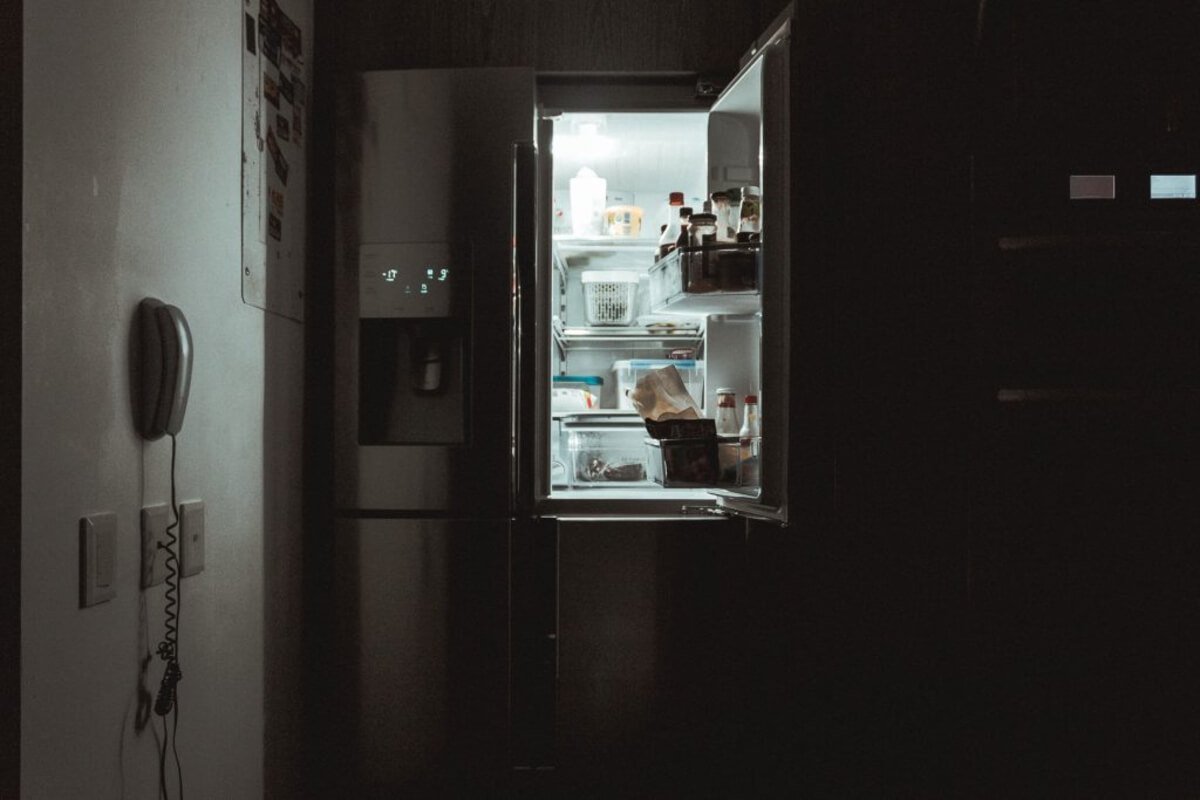Storage 101 – Keeping Foods Safe In A Power Outage
Discover > Texas Mom Blog > Storage 101 – Keeping Foods Safe In A Power Outage
Sudden and unexpected power outages can be quite disorienting and stressful. But with extreme weather conditions coming up this week, a good couple of hours of power outages can be expected. The best strategy impending such meteorological conditions is to have a plan in place. But when your refrigerator is stocked up in preparation of the coming hurricane, a power cut only makes conditions worse. Especially since it impacts your food supply.
Here are some simple and important tips to keep produce safe during a power shortage.
Keep the Refrigerator Door Shut as Much as You Can
If you have little children, this can be much easier said than done. But the best way to keep your refrigerator cold, is to avoid opening the doors. As per the USDA, in event of a power outage, a closed refrigerator can remain cold for up to four hours and closed freezer can maintain its temperature for a full 24 hours, give or take. It is best to consume shelf stable foods and keep beverages in a portable cooler, so you can avoid attacking the fridge every other hour!
Store Extra Ice in Your Freezer
Extra bags of ice are always helpful in case of an unexpected power outage. They help keep things cool within the fridge and also keep portable coolers at a good temperature. Freezing bottles of drinking water is another helpful way to keep temps down in the freezer and they come handy for drinking in case you water supply gets contaminated.
If you are unable to find bottles in event of an approaching storm, you can store fresh water in food storage bags or plastic food containers.
Move Food from the Fridge to the Freezer
The FDA recommends moving items such as milk and letter words that you will not be using immediately, to the freezer in case of a power outage. This will keep the foods at a cooler temperature for longer safely.
A Portable Cooler or Two Will Come Handy
If it is estimated that power will be gone for more than 4 hours, you will want to look at keeping a spare cooler handy. The temperature in a cooler ideally needs to be below 40 degrees Fahrenheit, so it should be properly packed with ice. However, any food that sits in temperatures over 40 degrees Fahrenheit for more than two hours, should be thrown away.
Cook Thawing Food First
If you can feel meat beginning to thaw, cook that first. But before you do, check it for any discoloration, any smells or change in texture.
Buy an Appliance Thermometer
Appliance thermometers are useful to check the temperature of your refrigerator or freezer. In event of a power cut, an appliance thermometer can gauge the actual temperature and help determine if your food is safe.Once Power is Restored
Once the power is back on, the temperatures in your refrigerator and freezer need to be checked. If your freezer reads below 40 degrees Fahrenheit, you may assume the food is safe to be refrozen.
In case you don't have a thermometer, check each pack of food individually. The appearance (hard or soft), lack of any odor, and the presence of ice crystals on the food mean the food is safe to eat.
When it comes to frozen vegetables or fruits, these can get defrosted and soggy really fast. Do not attempt to refreeze thawed fruits and vegetables and discard them immediately.
A quick way to check if milk in the refrigerator is still fresh is to bring it to a rolling boil. Spoilt milk will curdle at high temperatures unlike fresh milk that retains its form.
In Case of Flooding
Follow the given tips to safely handle food and water in case of flooding:
Do not eat any food that has come in contact with flood water.
Store drinking water in a safe place where it can be guarded from flood water. Only use water from a safe source (bottled water) for drinking and preparing food. Water from a supply should also ideally be boiled or disinfected before drinking. To boil water, simply take it into clean stainless-steel pot and bring to a rolling boil before cooling down. Boiling water kills most types of disease-causing germs that may be present.
Sealed, undamaged canned food that has been exposed to contaminated water can be used if you remove the labels, totally wipe away any dirt or silt on the can and wash with clean water if available.



